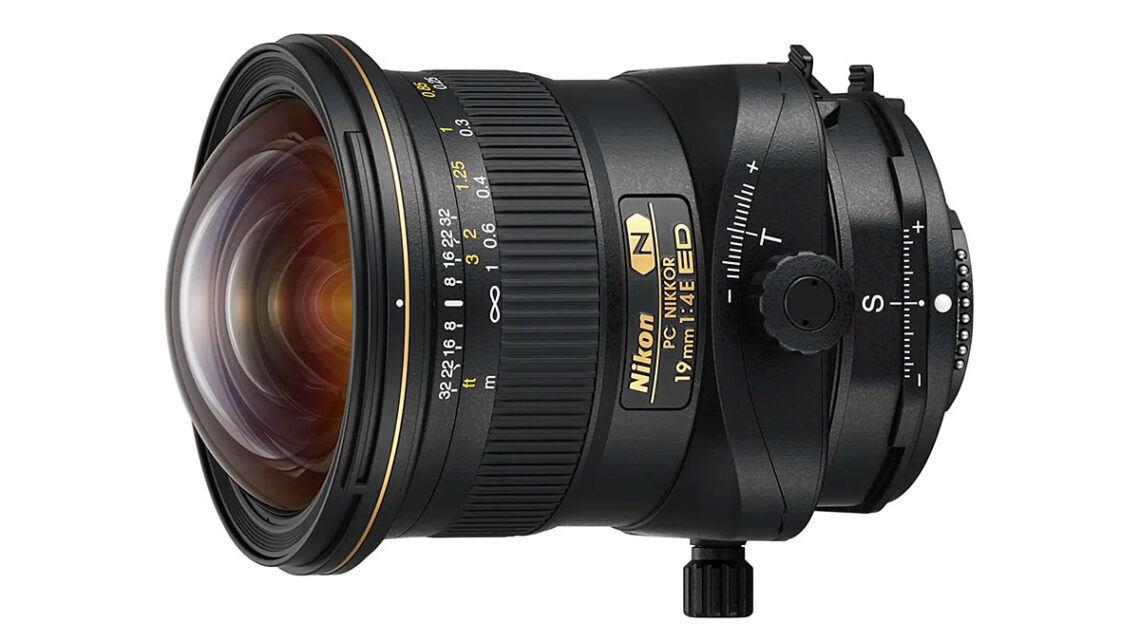
Nikon PC Nikkor 19mm F4E ED tilt shift lens review
Key features+/- 12mm shift and +/- 7.5° tilt
movements can be applied in parallel (same axis) or perpendicular
90° rotation left and right in 30° increments, tilt 90° left only with a 45° stop
Shift movement operates without having to lock it
Three extra-low dispersion elements reduce chromatic aberrations
Two aspherical elements minimise coma, distortion and enhance sharpness
Nano Crystal and Super Integrated Coatings reduce reflections, lens flare, and ghosting
Fluorine coatings protect front and rear elements from water drying marks, fingerprints
Electromagnetic aperture mechanism ensures stable and accurate exposure controlWhat is it?The Nikon PC Nikkor 19mm F4E ED is a F-mount retrofocus lens designed specifically to control perspective in
